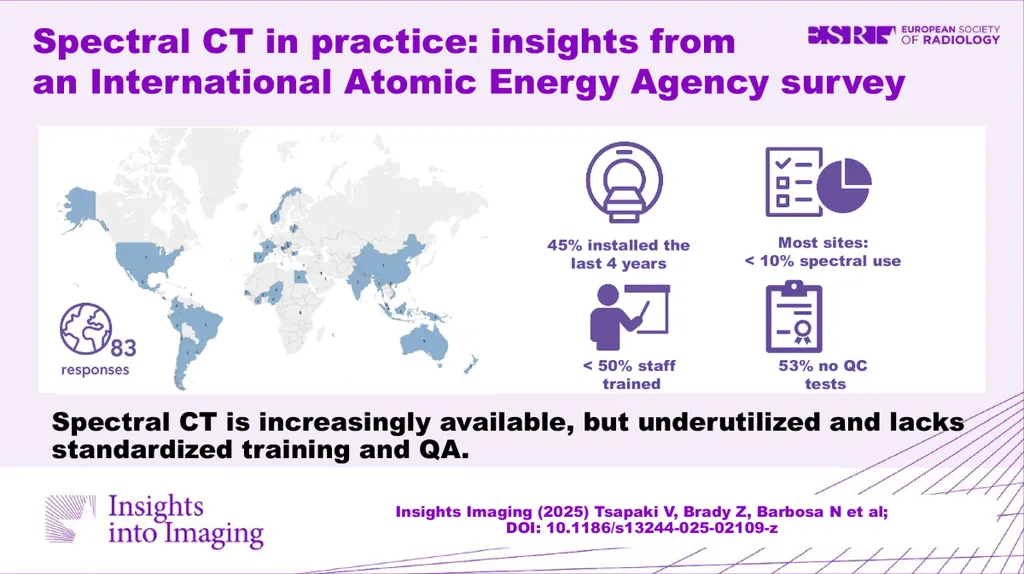In the ever-evolving landscape of non-destructive testing and material analysis, a groundbreaking study published in *Cailiao gongcheng* (which translates to *Journal of Materials Engineering*) is poised to reshape the way we approach spectral computed tomography (CT). Led by Jiao Zhi from the School of Mechanical and Electrical Engineering at Northwestern Polytechnical University in Xi’an, China, this research delves into the intricate world of material decomposition algorithms, offering a beacon of innovation for industries reliant on precise material analysis.
Spectral CT is a cutting-edge technology that captures detailed information about the composition of materials by measuring their absorption of X-rays at different energy levels. This technology is indispensable in fields ranging from medical diagnostics to security monitoring, and its applications in the energy sector are particularly noteworthy. By enhancing the accuracy and quality of decomposed images, spectral CT can significantly improve the efficiency and safety of operations in oil and gas exploration, as well as in the inspection of critical infrastructure.
The study by Jiao Zhi and his team focuses on four key areas of material decomposition algorithms: projection domain, image domain, direct iteration, and deep learning-based methods. Each of these approaches offers unique advantages and challenges, and the research provides a comprehensive comparative analysis. “Our goal was to identify the strengths and limitations of each method to pave the way for future advancements,” Jiao explains. This nuanced understanding is crucial for industries that require high-precision material analysis, such as those in the energy sector.
One of the most compelling aspects of this research is its exploration of deep learning-based methods. As Jiao notes, “Deep learning has the potential to revolutionize material decomposition by improving transferability and generalization.” This could lead to more robust and adaptable algorithms capable of handling a wide range of materials and conditions, ultimately enhancing the reliability of spectral CT in industrial applications.
The study also highlights future research trends, including hybrid decomposition optimization in the projection domain and the fusion of prior constraints and multi-model data in the image domain. These advancements could further refine the accuracy and efficiency of spectral CT, making it an even more valuable tool for energy sector professionals.
As the energy industry continues to evolve, the need for precise and reliable material analysis becomes increasingly critical. The research published in *Cailiao gongcheng* offers a glimpse into the future of spectral CT, promising to enhance the quality and accuracy of material decomposition. By leveraging the insights from this study, industries can look forward to more efficient and safer operations, ultimately driving progress in the energy sector and beyond.

